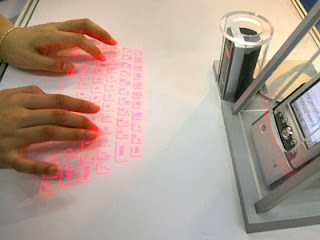Nokia EDGE 2017 Full Specification with Price and Release Date
Tuesday, December 27, 2016
/
No Comments
 |
| Nokia Edge, Nokia Edge 2017. Nokia Edge Price, Nokia Edge Price in India, Nokia Edge Specification, Nokia Edge Features, Nokia Edge Reviews |
NOKIA EDGE 2017 FULL FEATURES & SPECIFICATION
First one, it will come with EDGE to EDGE display so it will be Buttonless mobile and also have Fingerprint scanner, You will also get Display on Mobile edges. Another awesome Feature is Color which is also Unique with Slam Looking and Coming Up with latest android Version 7.0.
Nokia Edge Price and Availability: Nokia Edge Price, we hope that its price does not exceed more as 650$ – 700$ (Rs 45,000 – Rs.50,000) Not Officially said. Nokia will make its appearance near last week of March 2017. We will update the Nokia Edge price as soon as we will get. You can Buy Nokia Edge Online at e-commerce sites such as Flipkart, Amazon, Snapdeal, etc.
Nokia Edge Display: Nokia EDGE 2017 has a big screen of 5.5 inches with a high-resolution display. Its screen resolution will be 2K which will make the phone rich. It will contain an edge screen where all the notifications will be displayed. No information has provided; about the protection of screen like Gorilla Glass or something like that.
Nokia Edge Camera: Nokia Edge camera comes with 23MP Carl Zeiss technology with high-resolution quality to shoot like DSLR camera. Also, comes with 12MP front-facing selfie camera for selfie lovers which capture great selfie. Back camera has some great features like Autofocus, Geo-Tagging, Touch Focus, Panorama, Digital Zoom and Face Detection.
Nokia Edge Storage & RAM: It has 128 GB of inbuilt storage in which you can store more songs, videos, photos and install more applications, It can’t be expandable Via microSD Card. Also packs with 4 GB of RAM.
Nokia Edge Battery: Nokia EDGE 2017 has a lithium ion battery of 3600 mAh which seems more than enough to make it work for ample hours. And there is no information provided about battery backup.
Other Features: It has some high and latest technology including Fingerprint Scanner, Accelerometer, Proximity, Compass and Gyro sensors. It has a C-Type 1.0 reversible USB connector.
Nokia Edge Specification:
General:-
Dual SIM: Yes
SIM Type: GSM + GSM
Camera:-
Rear Camera: 23 MP
Flash: Yes
Front Camera: Yes, 12MP
Display:-
Size: 5.2 inches, 1920 x 1080 pixels with 2k display
PPI: 401 PPI
Memory:-
Internal: 128GB
RAM: 4GB
Card Slot: No
Connectivity:-
4G: Yes
3G: Yes
Wifi: Yes
Bluetooth: Yes
Sensors:-
Accelerometer: Yes
Proximity: Yes
Compass: Yes
Gyro: Yes
Technical:-
Operating System: Android, v7.0 (Nougat)
CPU: 2.2 GHz, Octa Core Processor
Extra:-
GPS: Yes
Fingerprint Scanner: Yes
USB Connector: Yes, C-Type 1.0 reversible
3.5mm Headphone Jack: No, Wireless Headphone
FM Radio: Yes









